Research: Aesthetics & learning
Why Aesthetics?
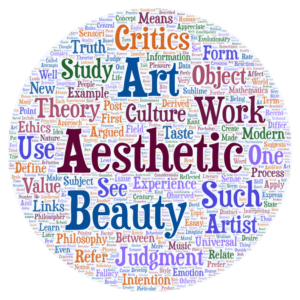
A child’s first experience, of peeking through a telescope to see the vivid sharply etched, yet fragile, rings of Saturn is a powerful one; perhaps as powerful as standing amidst redwood trees listening to the sound of wind rustling through the leaves or experiencing a moment of clarity when an elegant geometrical proof, surprising in its simplicity, emerges from a chaos of sketches and doodles. It is in this sense of awe and wonder that our minds nibble at confronting powerful ideas such as infinity (whether the infinity of numbers, or the interminably large scale of the cosmos, or the immeasurably small universe of cells and atoms and quarks). The emotional turbulence that overwhelms us when we reflect on nature, truly understand a scientific idea, or solve a tricky mathematical or engineering problem often leads to powerful aesthetic experiences. These experiences, we argue, are no different or less than the aesthetic experience we have in engaging with powerful artistic human creations, be it music or the visual arts.
That said, the role of the aesthetic has often been ignored in the discussion on learning. And I truly believe that is a huge mistake on our part.
On designing aesthetic educational
experiences in science
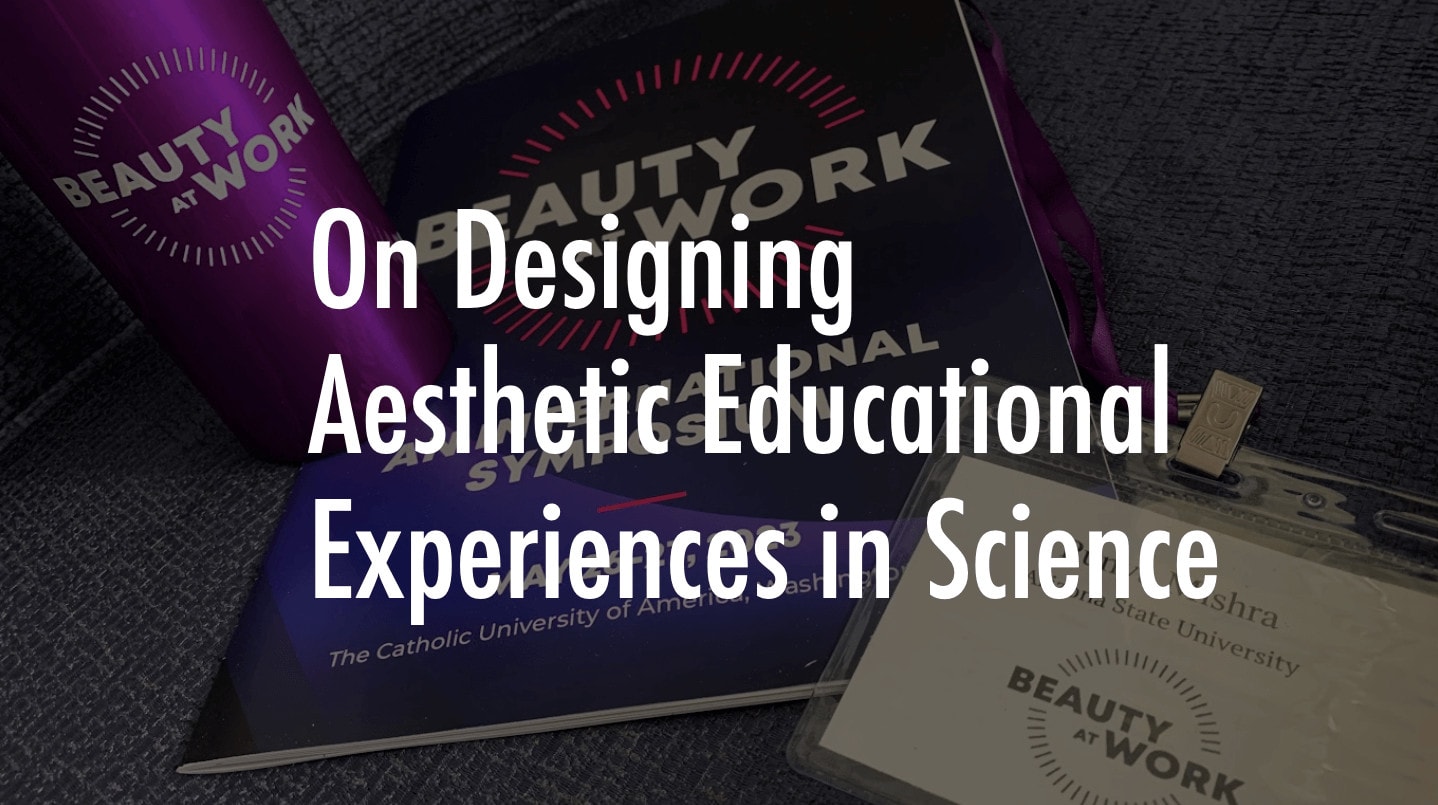
I was invited to give a presentation on this topic at conference titled Beauty at Work: An International Symposium at the Catholic University of America, in Washington DC (May 2023). I was part of a session on Aesthetic Properties and Scientific Information, along with Myron Penner (a philosopher of science from Trinity Western University); Amanda Nichols (professor of chemistry from Oklahoma Christian University); Milena Ivanova (from Fitzwilliam College, Cambridge); and Rebecca Kamen (artist in residence at the University of Pennsylvania). More details about the conference and a video of my talk (On designing aesthetic educational experiences in science) can be found here.
Aesthetics & coding
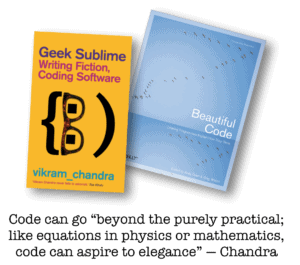
Does beauty have a role to play in learning to code? Can code aspire to beauty and elegance? In this article (Good, Keenan, & Mishra, 2016, titled Education:=Coding + Aesthetics), we argue that it does and it should.
Mathematical poetry

What does mathematics have to do with poetry? Not much, at one level, but a lot at another. Though their goals may be different, both mathematicians and poets play with structure and form, seek elegance and parsimony in their work. And in their own way they strive for truth and beauty—defined within the rules and structures of their discipline. I have loved both mathematics and poetry – with little or no success in each. But over the years I have played little games with both and some of these explorations are presented here.
Why aesthetics is essential (for science education)
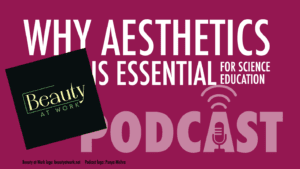
Beauty at Work is a podcast that “explores how beauty shapes our lives and the work that we do” hosted by Brandon Vaidyanathan, Associate Professor of Sociology at The Catholic University of America. In its first season the focus is on beauty in science. As part of this series, Brandon has spoken with physicists, philosophers, psychiatrists, neuroscientists, entrepreneurs, psychologists and more. I was lucky to be a guest on this podcast, in an episode titled: Why Aesthetics is Essential for Science Education.
Why Teachers should care about beauty
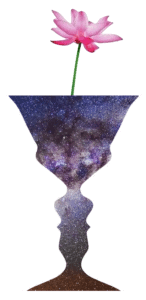
In the article for the journal iWonder (Why teachers should care about beauty in science) – we explored the role of beauty in science education. In this piece, targeted at science educators, we use research in science education to highlight the importance of teachers consciously making connections to aesthetic aspects of science. Caring about beauty in science can inspire a sense of wonder and curiosity.
Aesthetics and STEM education
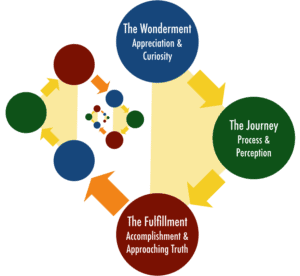
Developing a Rhetoric of Aesthetics: The (Often) Forgotten Link Between Art and STEM is an article that digs into these ideas in depth. In essence, this article is an extended argument that builds on several lines of work including philosophy, psychology, history and biography, in order to promote a model of learning based on aesthetic ways of knowing, thinking, and exploring the world. This emphasizes key impulses that make us human. We provide a generative three-fold fractal framework that seeks to capture the entire cycle of engaging in STEM practices: from curiosity to the process of seeking answers, to a sense of completion that in turn leads to new curiosities to explore. We suggest that this leads to a powerful virtuous cycle that seeks to maintain the same sequence at different levels of learning—from the beginner to the professional scientist, mathematician, or engineer.
Of Art & algorithms
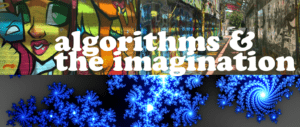
In a couple of articles (most importantly Mishra & Yadav, 2013 and Evans, Henriksen, & Mishra, 2019) we argue that the partnership of deep human content knowledge with new technological advances can lead to deeper and more profound creative insights. We explore how computational thinking, combined with deep knowledge of a discipline, can lead to creative solutions that could not have been possible before. Thus the creative output is not determined by only the individual or the technology, but rather through a “partnership” between the two.
Blog posts related to aesthetics, beauty and learning
The futures of higher ed with Phoebe Wagner
The Center for Science and the Imagination at ASU runs a series of short stories and virtual gatherings that explore issues related to transformative change. Essentially they solicit and publish a (super-short) short story that explores “themes of community,...
Creativity and Mindfulness at Work
The next article in our series around mindfulness, creativity, technology and learning focuses on the work of Dr. Erik Dane. (This is part of a larger series that we been working on now for almost 10 years for the journal TechTrends). The first article set the stage...
Can a computer program be sentient? Insights from Rodolphe Topffer, the father of comic books
Can a computer program be sentient? Or are machines just getting good at "behaving" in ways that make it seem that way? And what does the work of a 18th century caricature artist (and father of the modern comic book) help us understand what is going on when we...
My favorite(?) failure
I was recently asked to write a chapter for a book that my colleague Ron Beghetto was editing with Laura McBain, called My Favorite Failure. Failure is never fun - and to pick one that was your favorite, is like deciding what your favorite form or torture is....
Into mindfulness & creativity
We have covered a wide range of topics in our ongoing series on creativity, technology and learning (in the journal TechTrends), including 30+ interviews with some of the top scholars in the field. More recently we have been trying to create a series of 2-4 articles...
Tactical creativity in sports
Daniel Memmert is Professor and Executive Head of the Institute of Exercise Training and Sport Informatics at the German Sport University Cologne. A lifelong sports player and enthusiast, Memmert’s research is at the intersection of human movement science, sport...
STEM Futures at AAAS
ASU recently hosted, what is known as, the world's largest scientific gathering, the annual conference of the American Association of the Advancement of Science. As as part of this conference I was invited, along with Ariel Anbar and Trina Davis, to talk about our...
Youth participatory creativity in digital spaces
Ioana Literat is Assistant Professor in the Communication, Media, and Learning Technologies Design program at Teachers College, Columbia University, and the Associate Director of the Media & Social Change Lab (MASCLab). Her research focuses on the dynamics of...
Fishing for problems: Podcast interview
I was recently interviewed by Matt Schneidman (Curator, Creator, Podcast Host) for his Fishing for Problems podcast. Matt also publishes an ed-focused newsletter. Our discussion was broadly framed around educational technology and the TPACK framework - but...
Designing STEAM
Danah Henriksen and I were recently invited to present a keynote (and conduct two workshops) on design thinking and STEAM education at the 2021 NV STEAM conference, organized by the Nevada Museum of Art and Desert Research Institute. Of course, given the pandemic...
Goodbye 2020 (whew), welcome 2021
2020 has been a heck of a year... and maybe in hindsight (hindsight, of course, being 2020) it will all make sense. But, I think we can all agree that it is time to let it go. A lot has changed this past year but one tradition we wanted to keep alive was the short...
From brains to music
From Brains to Music: a Multi-Faceted Discussion of Creativity with Dr. Anthony Brandt Dr. Anthony Brandt, is Professor of Composition and Theory at Rice University and is co-founder and artistic director of the contemporary music ensemble Musiqa. He has co-authored...
Of metaphors & molecules: Bridging STEM & the arts
Update on blog post that was published May 30, 2018 - since the article is now published (2 years since it was accepted for publication). Square Root: Illustration by Punya Mishra What do President Kennedy's speeches have to do with cell biology? And what does the...
Us in Flux: A conversation with Sarah Pinsker
The Center for Science and the Imagination at ASU has a new series called Us in Flux. Every two weeks they publish a (super-short) short story that explores "themes of community, collaboration, and collective imagination in response to transformative events." They...
Play & Creativity Across the Lifespan
As a part of our series of conversations with creativity scholars we recently spoke with Dr. Sandra Russ, Louis D. Beaumont University Professor, and interim dean at the College of Arts and Sciences and Professor of Psychology in the Department of Psychological...
